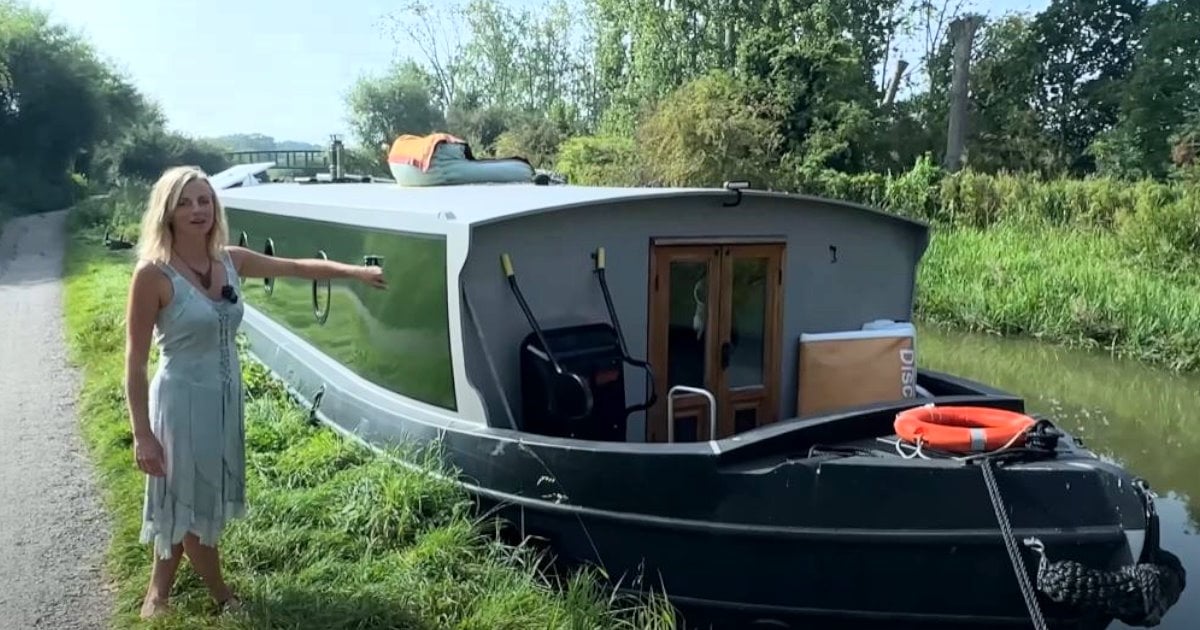Have you ever looked at a building and said, “That would make a nice house”?
What about a structure that isn’t built to be lived in?
Amazing builds come from these structures, from grain silos to factories, to fire watchtowers to gasoline stations.
This time, a woman from Virginia bought a lighthouse and made it into a home you’d want to live in.
It all started when Sheila Consaul was looking for a summer house project.
She spends most of her days just outside Washington D.C. and having a home away from the east coast is an idea she considered.
Consaul heard about the government selling off lighthouses through the National Historic Lighthouse Preservation Act of 2000.
This law provided a mechanism for the federal government to save lighthouses through private funding by opening them to the public market.
Consaul pounced on the idea immediately.
She set her sights on a 1920s lighthouse by Lake Erie, the Fairpoint Harbor Lighthouse. The structure was first lit during the 1920s. After two decades of service, the lighthouse was closed and was left to degrade.


Consaul, meanwhile, had a lot of experience when it comes to restoration. Through the Fairpoint Harbor Lighthouse, she can channel her passion and mission.
She bought the lighthouse for $71,000 through a government auction.
She then took out some loans amounting to around $200,000 for the renovation. She conceded that much like any other restoration project, it cost more than she expected.


The lion’s share of the funds went to the utilities.
The lighthouse, naturally, is off-grid. They had to remake the electrical wiring and connect them to a generator system and a solar panel system.


They also had to do the plumbing and refurbish most parts of the lighthouse while keeping its original look. The flooring was reworked, the windows were replaced, and areas had to be redesigned.
The results are amazing!
The coal boiler room was converted into a bunk room, one of the three bedrooms of the lighthouse. The main bedroom is on the original lighthouse keeper’s level. The wood planks were redone but mostly retained.


Meanwhile, the last bedroom was where the original kitchen and pantry were situated. Now, it has a queen-sized bed, an ensuite bathroom, and an amazing view of the lake.


Lastly, the top of the lighthouse was converted to a general utility room where all the main components of her solar cell system is installed.
While the lighthouse is filled with various creature comforts, there are, of course, caveats.
First of all, living in a lighthouse means Consaul needs to work with the US Coast Guard, the National Weather Service, and the Ohio State Historic Preservation Office.


It’s also not easy living off-grid with various renovation limitations.
For one, Consaul had to haul her supplies for half a mile just to get to and from the parking lot.
She also spends several hundreds of dollars just on the generator gasoline and her phone plan for her internet connection.
All in all, however, Consaul had this to say: “This was a great challenge, a great opportunity, and I loved every minute of it.”
Watch how this woman brought a 1920s lighthouse back to life.
Please SHARE this with your friends and family.















